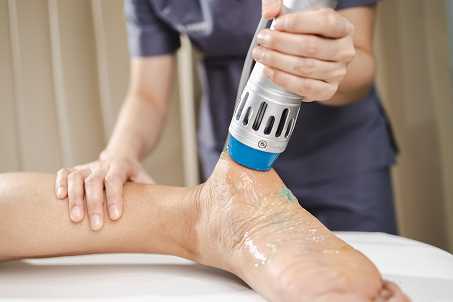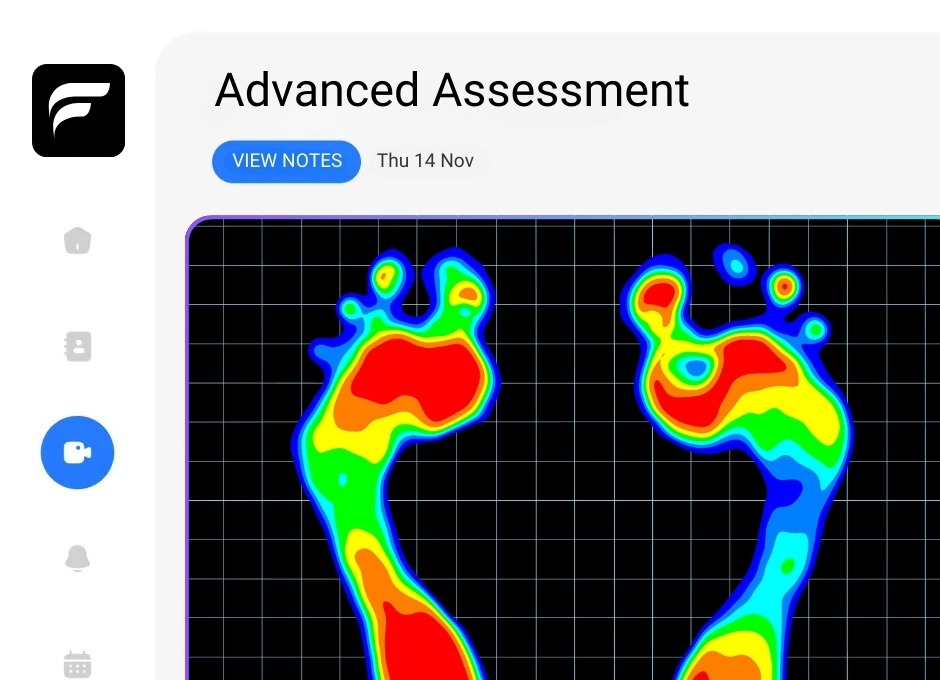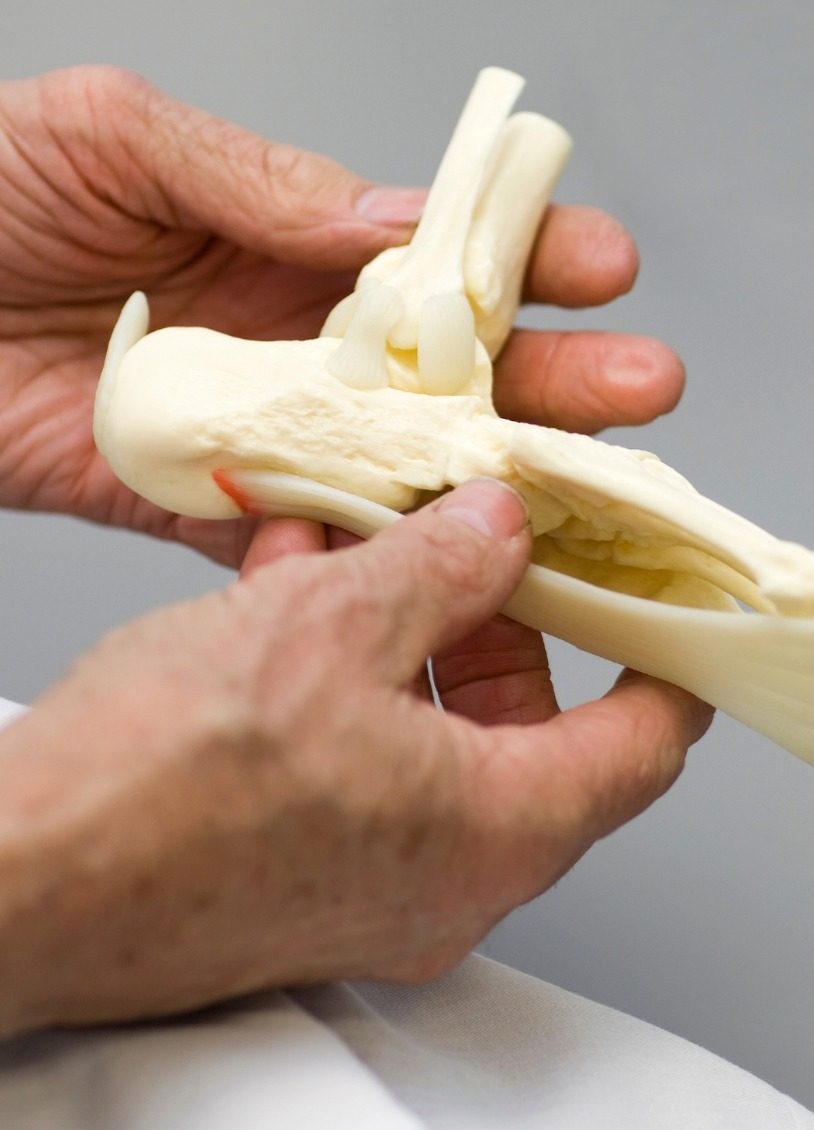Shin Splints: What is Going to Help?
Expert care to reduce pain, improve mobility, and keep you moving without limits.
ABOUT
Shin Splints. Uncovered.
Shin splints, medically known as medial tibial stress syndrome, occur when the muscles, tendons, and bone tissue around the shinbone become inflamed. Often caused by overuse, poor footwear, or improper training techniques, shin splints can make walking, running, or even standing painful.
Sharp or Dull Pain
Aching or stabbing pain along the inner edge of the shinbone, particularly during or after physical activity.
Tenderness and Swelling
Soreness or mild swelling along the lower leg, often sensitive to touch.
Difficulty Exercising
Pain that worsens with physical activity and improves with rest.
Get Back on Track. Our treatments for shin splints are designed to relieve pain, promote healing, and improve movement for long-term results.
treating top performers at:
















Effective Treatments

Hollistic Consultation
A comprehensive assessment to identify the causes of your shin splints, such as training habits, footwear, or biomechanical issues. This personalised approach helps us create a recovery plan tailored to your needs.
Shockwave Therapy
A non-invasive treatment that reduces inflammation, promotes healing in the affected tissues, and provides relief for chronic shin pain.

Foot Strength & Conditioning
Targeted exercises to strengthen the muscles around your lower legs, improving stability and reducing the stress on your shins.

Gait Analysis
Advanced motion analysis to assess how your running or walking patterns contribute to shin splints. We use this data to recommend adjustments for long-term prevention.
YOUR JOURNEY
Your Path to Recovery
Treating shin splints effectively requires a structured, proactive approach. Here’s how we guide you:
-
1. Personalised Consultation
Begin with an expert evaluation to determine the severity and causes of your shin splints, including lifestyle and activity factors.
-
2. Precision Diagnosis
Using advanced tools, we assess how your biomechanics and training habits impact your condition, ensuring an accurate diagnosis.
-
3. Tailored Treatment Plan
A combination of Shockwave Therapy, strength training, and gait optimisation works together to relieve pain, heal the tissues, and prevent recurrence.
-
4. Follow-Up Care
Regular reviews allow us to monitor progress, refine your treatment plan, and ensure you’re on track for lasting results.
Why Patients Trust Foot Suite

Specialist Expertise
Our specialists understand the complexities of shin splints and deliver targeted, effective care.

Personalised Care
We tailor every plan to address your specific needs, ensuring optimal recovery and prevention.

Whole-Body Focus
We look at how your overall movement and training habits contribute to shin splints, ensuring comprehensive care.
How Our Patients Transformed
Targeted care for shin splints can alleviate pain, restore mobility, and protect your legs for the long term.
Pain Relief
Innovative therapies like Shockwave Therapy reduce inflammation and ease discomfort quickly.
Improved Performance
Strengthening exercises and gait adjustments enhance your movement, preventing future injuries.
Long-Term Comfort
Proactive care keeps your legs pain-free and ready for action, whether you’re an athlete or just staying active.
Testimonials
our podiatrists have been featured in:












Frequently Asked Questions
How long does it take to recover from shin splints?
Recovery time varies depending on severity but typically takes 4-6 weeks with proper treatment.
Can I continue exercising with shin splints?
Low-impact activities like swimming or cycling may be safe, but high-impact activities should be avoided until symptoms improve.
Do I need orthotics for shin splints?
Orthotics can be highly effective if poor foot mechanics, like overpronation, contribute to your shin pain.
How can I prevent shin splints?
Wear proper footwear, gradually increase activity levels, and include strengthening and stretching exercises in your routine.